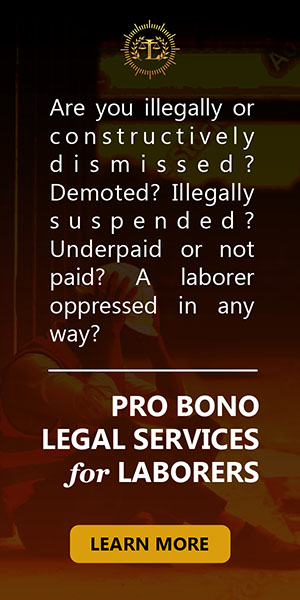LATERAL AND SUBJACENT SUPPORT
Sec. 684. No proprietor shall make such excavations upon his land as to deprive any adjacent land or building of sufficient lateral or subjacent support.
THE EASEMENT OF LATERAL AND SUBJACENT SUPPORT ISNT A TRUE EASEMENT: EXAMPLES
1. Of lateral support—while a person may excavate on his own land, he cannot do so if by such action, adjacent buildings would collapse or adjacent lands crumble
2. Of subjacent support—A owns a parcel of land with a house, but underneath the soil is being used by B in connection with a tunnel
LATERAL DISTINGUISHED FROM SUBJACENT
- The support is lateral when both the land being supported and the supporting land are on the same plane, when the supported is above the supporting land, the support is subjacent
Art. 685. Any stipulation or testamentary provision allowing excavations that cause danger to an adjacent land or building shall be void.
RULE ON DANGEROUS EXCAVATIONS
- A person is protected even against his own folly, in the interest of public safety
Art. 686. The legal easement of lateral and subjacent support is not only for buildings standing at the time the excavations are made but also for constructions that may be erected.
Art. 687. Any proprietor intending to make any excavation contemplated in the three preceding articles shall notify all owners of adjacent lands.
NOTIFICATION RE INTENDED EXCAVATIONS
1. Notice isn’t required if there is actual knowledge of the excavation. Otherwise, notice is mandatory.
2. Even if there be notice, the excavation should deprive the other owners of lateral or subjacent support. This is true even if the others consent or even if the excavation is carried out skillfully.
3. Notice is required to enable adjoining owners to take proper precautions.



 Spotify
Spotify  iTunes
iTunes  AppleMusic
AppleMusic  YouTube
YouTube 


